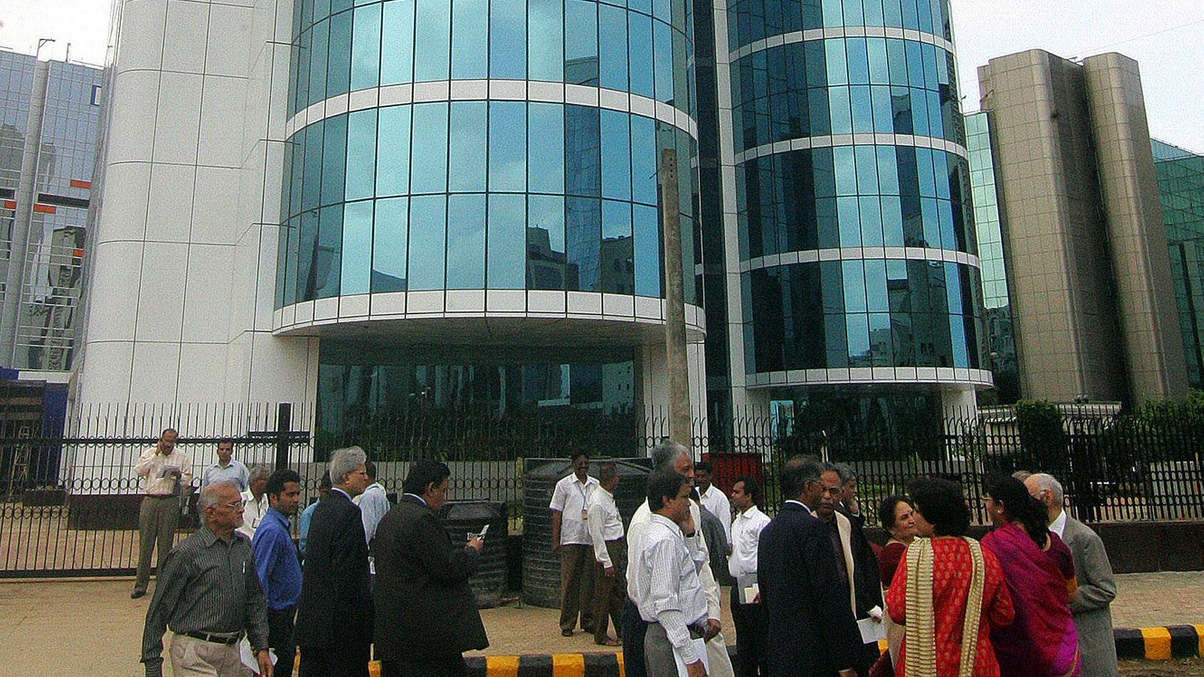Pending cap on India block-trading raises fears
Sebi is set to impose limits on block-crossing, but brokers and traders say it won’t be effective in preventing a flash crash and will likely hurt execution and exacerbate volatility.

Buy-side traders and brokers fear that a cap on block trades set to be imposed on India’s exchanges within weeks could drive up execution costs and ultimately damage the market.
Sign in to read on!
Registered users get 2 free articles in 30 days.
Subscribers have full unlimited access to AsianInvestor
Not signed up? New users get 2 free articles per month, plus a 7-day unlimited free trial.
¬ Haymarket Media Limited. All rights reserved.


